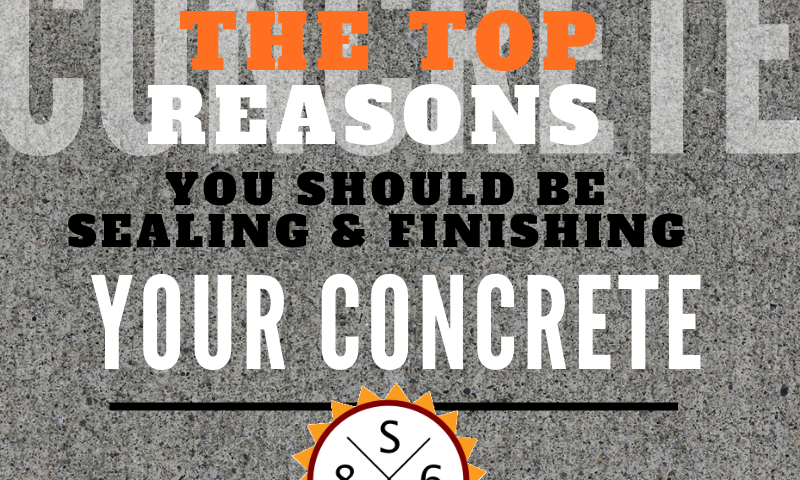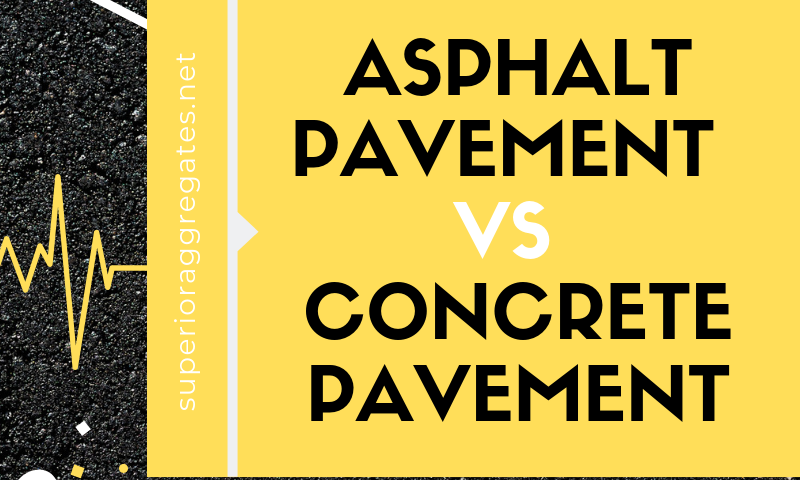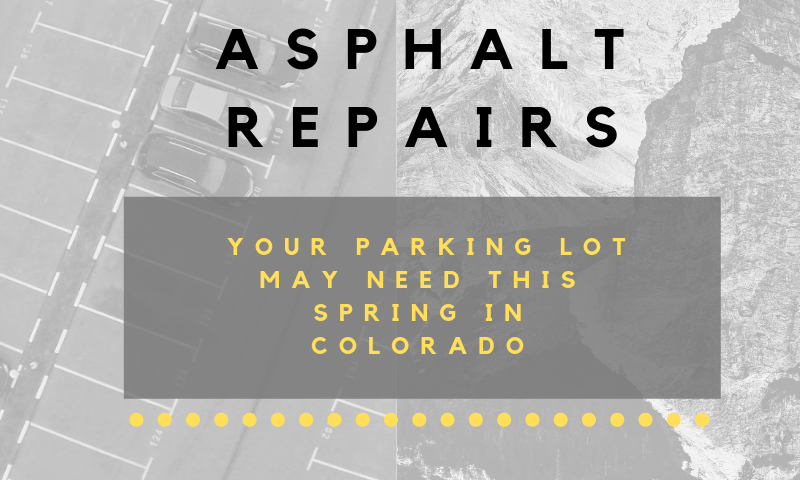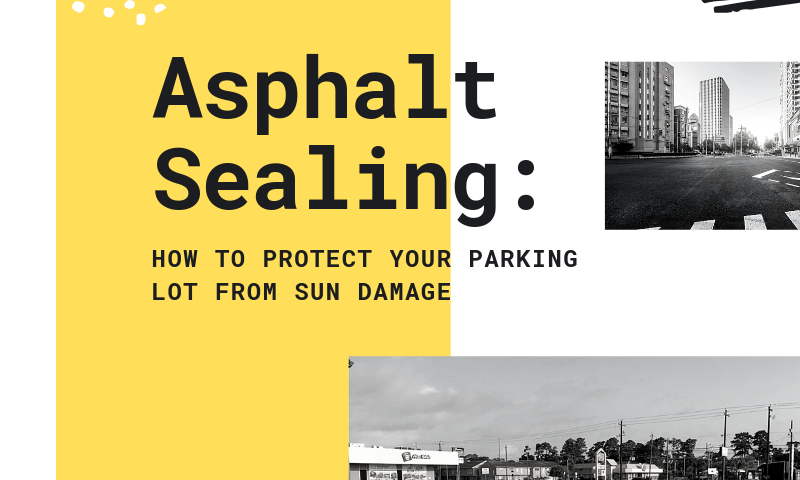
The Top Reasons You Should Be Sealing & Finishing Your Concrete
When properly installed and maintained, concrete has a lot to offer to business owners. This manmade substance is affordable, durable, attractive, and easy to keep clean. Having your concrete finished and sealed is key to getting the best results.
So what are finishing and sealing? Finishing is a process that smooths down the surface of the concrete. It’s typically done when the material has had time to partially dry but is still soft and workable. Sealing, meanwhile, is the application of various substances like acrylics, epoxies, and silicates. When applied to clean and dry concrete, they form a protective barrier. If these two jobs are skipped or rushed, you may find yourself with an expensive headache on your hands.
Here are the top five reasons why you need to have your concrete finished and sealed to keep it looking and functioning great:
1: Finished Concrete is Safer
The process of finishing concrete creates a smooth and level surface. It eliminates most of the micro-ridges and hollows that roughly poured concrete can have. This means that the surface doesn’t have hidden tripping hazards which your employees or customers could stumble over. Liquids will also glide away instead of pooling and creating slick spots. Finally, a smooth surface will not damage tires or objects placed on it.
2: Finished Concrete is Stronger
This advantage is due to several effects. Properly finished concrete has shed its excess water while maintaining the mix’s integrity. When the water evaporates, a highly durable form of concrete is left behind.
A flat or gently banked surface also does not collect rainwater, spilled chemicals, and other such substances. These liquids can eat into the concrete, creating pits that may turn into potholes over time. If the spills happen in freezing winter temperatures, the concrete will become damaged even faster. Although heavily damaged concrete can be repaired or resurfaced, these are major expenses that a savvy business owner can avoid.
3: Sealed Concrete is Protected From the Climate
Concrete companies urge you to seal your new concrete floors, parking lots, and sidewalks for good reason. Rain, ice, and snow are more likely to get into tiny cracks and pits in unsealed concrete. Sealing creates a water-resistant barrier that adds to the longevity of this material.
Certain kinds of sealers will also chemically penetrate the concrete. This creates a denser and stronger material. Your concrete contractor can advise you on the best products for your business’s needs.
4: Sealed Concrete is Easier to Keep Clean
You don’t want to work in an unsightly environment or have your customers see mystery stains on the concrete. Sealant can protect this surface from discoloration due to road salts, motor oil, spilled chemicals, etc. These dry and sealed surfaces also resist hard-to-remove mildew and staining mold growth.
5: Sealed Concrete is Stylish
Different concrete sealers can create different effects. One type may have an attractive high shine gloss reminiscent of polished marble. Another might create a matte finish that reduces glare from the sun. This can be a great feature in sunny working areas.
You can also order tinted concrete sealers. These come in a wide variety of color options, from neutrals to brighter shades. However, tinted sealers aren’t just for looks. Ask your concrete company to lay down strategic stripes or boxes of contrasting color and you can mark out walking paths, dangerous loading zones, and more.
When properly installed and maintained, concrete has a lot to offer to business owners. This manmade substance is affordable, durable, attractive, and easy to keep clean. Having your concrete finished and sealed is key to getting the best results.
So what are finishing and sealing? Finishing is a process that smooths down the surface of the concrete. It’s typically done when the material has had time to partially dry but is still soft and workable. Sealing, meanwhile, is the application of various substances like acrylics, epoxies, and silicates. When applied to clean and dry concrete, they form a protective barrier. If these two jobs are skipped or rushed, you may find yourself with an expensive headache on your hands.
Here are the top five reasons why you need to have your concrete finished and sealed to keep it looking and functioning great:
1: Finished Concrete is Safer
The process of finishing concrete creates a smooth and level surface. It eliminates most of the micro-ridges and hollows that roughly poured concrete can have. This means that the surface doesn’t have hidden tripping hazards which your employees or customers could stumble over. Liquids will also glide away instead of pooling and creating slick spots. Finally, a smooth surface will not damage tires or objects placed on it.
2: Finished Concrete is Stronger
This advantage is due to several effects. Properly finished concrete has shed its excess water while maintaining the mix’s integrity. When the water evaporates, a highly durable form of concrete is left behind.
A flat or gently banked surface also does not collect rainwater, spilled chemicals, and other such substances. These liquids can eat into the concrete, creating pits that may turn into potholes over time. If the spills happen in freezing winter temperatures, the concrete will become damaged even faster. Although heavily damaged concrete can be repaired or resurfaced, these are major expenses that a savvy business owner can avoid.
3: Sealed Concrete is Protected From the Climate
Concrete companies urge you to seal your new concrete floors, parking lots, and sidewalks for good reason. Rain, ice, and snow are more likely to get into tiny cracks and pits in unsealed concrete. Sealing creates a water-resistant barrier that adds to the longevity of this material.
Certain kinds of sealers will also chemically penetrate the concrete. This creates a denser and stronger material. Your concrete contractor can advise you on the best products for your business’s needs.
4: Sealed Concrete is Easier to Keep Clean
You don’t want to work in an unsightly environment or have your customers see mystery stains on the concrete. Sealant can protect this surface from discoloration due to road salts, motor oil, spilled chemicals, etc. These dry and sealed surfaces also resist hard-to-remove mildew and staining mold growth.
5: Sealed Concrete is Stylish
Different concrete sealers can create different effects. One type may have an attractive high shine gloss reminiscent of polished marble. Another might create a matte finish that reduces glare from the sun. This can be a great feature in sunny working areas.
You can also order tinted concrete sealers. These come in a wide variety of color options, from neutrals to brighter shades. However, tinted sealers aren’t just for looks. Ask your concrete company to lay down strategic stripes or boxes of contrasting color and you can mark out walking paths, dangerous loading zones, and more.




